Neighbor's house
Through the ups and downs of history, the streets running crisscrossed with houses with dark brown tiled roofs, and mossy lime walls have left their mark, deeply engraved in the memories of many generations of Hanoians. There is no place like here, small streets with names starting with the word Hang, reminding us of ancient craft guilds. These are Hang Khay, Hang Dao, Hang Ngang, Hang Gai, Hang Bong, Hang Bac, Hang Duong, Hang Bo, Hang Buom, Hang Ma, Hang Mam, Hang Chinh…, Thuoc Bac, Lo Ren, Lan Ong, Cau Go, Dong Xuan, Cua Dong…
At that time, at the end of the 10th century, villagers from all over flocked to the outskirts of Thang Long to make a living, gathering to buy and sell on the banks of Nhi Ha. Gradually, they formed wards and associations. That is why the saying "Buy with friends, sell with wards" was also used. Until 1875, when the French carried out the first urbanization in Hanoi, the 36 streets were rebuilt with a system of wide streets in the shape of a checkerboard, paved with asphalt, with sidewalks, and one- and two-story townhouses with tiled roofs on both sides. The houses were characterized by a narrow frontage, only over 3m wide, but running deep inside like a tube several dozen meters long, even hundreds of meters, many houses even connected from one street to another. Although the houses were long, they were cleverly divided into many layers by inner courtyards, which were places to relax, grow ornamental plants, receive light, wind and fresh air, creating the unique features of tube house architecture.
Townhouses often use the first floor to open shops, places for trading and exchanging. The inside and second floors are used for living and storing goods. Because this place is convenient for trading and easy for transportation because it is next to the Red River, many Chinese and Indians also come here to do business and live. Hang Buom Street has the most Chinese people. The elderly people here still remember the bustling trading streets of the past. People in the old town live together in harmony, respect family traditions, humanity, and etiquette. Although they do business, they are very proper and always keep their word. It is these virtues that have created the elegant culture of Hanoi people.
Before the late 70s of the 20th century, Hanoi's Old Quarter was still almost intact. At that time, one of the 6 tram lines ran from Cho Mo to Bo Ho, then through Hang Dao, Hang Ngang, Hang Duong, Dong Xuan market, Quan Thanh, Thuy Khue and all the way to Buoi. People from the suburbs or from the central streets to the Old Quarter mostly took the tram. Until many years later, in the memories of many people, there was still the clanging sound of the tram on the lake shore, like memories not too far away...
Along with the tube houses, in the large checkerboard structure, high density of green space, tree-lined streets, and lovely villas have created a very unique feature for the old quarter in Hanoi. French planners in the early 20th century skillfully combined Western architecture with local climatic conditions to create a unique urban space, thereby giving Hanoi a unique identity that no other city in Southeast Asia has.
 |
Young people parade in traditional costumes during many cultural activities in the old town. (Photo: BQLPC) |
Nowadays, in the modern life, in the early mornings or quiet nights, the old quarter is still real, like a dream in the paintings of the famous painter Bui Xuan Phai. Therefore, in addition to the 36 streets, there is also the 37th street, which is Phai Street. The capital of Phai Street is the image of ancient time, silent, quiet, of houses resting on each other's shoulders, of hard-working people crowded in guilds, trading... In Bui Xuan Phai's paintings, people will pass through a small alley, the sound of crickets chirping when it is getting dark, there is the smell of newly cut grass, the smell of newly rusted plastic, the smell of kitchen smoke, the smell of star fruit flowers and ripe guavas... The two-story buildings with gray tile roofs connect the small street together. On the peeling walls, one can vaguely see the handwriting of a directive from a long time ago. There is a boy standing there drawing graffiti and advertising flyers densely on the electric poles. There are pigeons on the roof...
The old town in the paintings of artist Bui Xuan Phai is as quiet and magical as in the 90s of the last century, hazy and pure through the beautiful films of director Tran Anh Hung in Vertical Summer Afternoon, or The Scent of Green Papaya. Those beauties on the background of Trinh Cong Son's music about the old houses, the meticulous, polished and delicate people of the city are heartbreaking...
Need to be preserved worthy
Over time, the appearance of the old quarter is also gradually changing due to the impact of climate, weather, urbanization, economic development, population growth, etc. Many buildings are now seriously degraded. Some buildings are at risk of collapsing, posing a danger to users.
The change in people's perception combined with the efforts of the government has brought about changes. Many streets have been invested in renovating their facades, the most synchronous being Lan Ong Street or Ta Hien Street.
 |
Where the poetesses wear Ao Dai on the street. (Photo: PV) |
At the same time, some relics have been restored in the beauty of the old town. Not counting the large relics, known to many people such as: Kim Ngan Communal House (No. 42, 44 Hang Bac Street), Quang Dong Assembly Hall (No. 22 Hang Buom Street, now the Cultural and Artistic Center), Quan De Temple (No. 28 Hang Buom Street) ..., the relics that are less known such as: Tu Thi Communal House (Yen Thai Street), Ha Vy Communal House (Hang Hom Street), Trung Yen Communal House (Trung Yen Alley), Pha Truc Lam Communal House (Hang Hanh Street) ... have also been invested in restoration. The old town is 87 hectares wide, but every hundred meters you walk, you will see a communal house, temple or shrine. Not all relics attract visitors.
But the revived relics, the houses, the spaces that are renovated in the old style help Hanoi's Old Quarter have more old spaces, which seem to be gradually disappearing. Not only stopping at the physical heritages, the festivals of the Old Quarter are also revived. New festivals are also born, inheriting traditions. Many people and tourists now look forward to the Vietnamese Tet program organized by the Management Board of Hoan Kiem Lake and Hanoi's Old Quarter. There, there are parades in ancient costumes, incense offering ceremonies, worshiping the Thanh Hoang, and the pole-raising ceremony at Kim Ngan communal house. There, people can see the soul of the old quarter in modern life.
Late last year, the show “Stories of Hang Street” was launched at the Heritage House at 87 Ma May Street, helping people understand more about the daily lives of the people through the story of a family practicing medicine. The Heritage House at 87 Ma May Street has kept all the spaces intact as they were hundreds of years ago, from the living room, skylight, worship space to the kitchen.
Deputy Head of the Management Board of Hoan Kiem Lake and Hanoi Old Quarter, Tran Thuy Lan, said that the Heritage House at 87 Ma May Street used to have a family living and working in the traditional medicine profession. Therefore, the play is a re-enactment of the real life and work of the ancient Hanoians in the place where it took place. The show recreates the life and work of the traditional medicine family, and also helps guests learn about the traditional medicine profession and experience some of the medicine processing work themselves...
Vietnam has many ancient villages, but ancient streets are a rarity. In the whole country, the number of ancient streets can be counted on the fingers of one hand. Hanoi's Old Quarter is cramped and densely populated. Life is always torn between preserving traditional features and building new ones to meet the needs of life.
Associate Professor, Dr. Do Thi Hao, Vietnam Folklore Association, shared that currently, a number of communal houses and ancestral temples in the "hang" quarter of Hanoi have been renovated and restored in a spacious and magnificent manner, such as: Kim Ngan Communal House, Hang Dao Communal House, Truc Lam Temple, and Embroiderer Communal House... However, the number of relics that have been invested in and restored is still small. The city government needs to pay more attention and invest to restore the unique cultural values of the ancient Thang Long craft street heritage. Therefore, after restoring the ancestral temples left by our ancestors, it is necessary to "breathe life" into them by restoring long-standing traditional cultural activities (folk festivals, ancestors' death anniversaries...). This will attract the attention of tourists when the city is expanding the Hanoi walking street model.
Architect Dao Ngoc Nghiem, former Director of the Hanoi Department of Planning and Architecture, said that in order to preserve and promote the value of the craft streets - Hanoi's Old Quarter, it is necessary to properly assess the role and scope of the Old Quarter. That means that Hanoi's Old Quarter is no longer a heritage of Hanoi alone, but it must be considered a national heritage, and even more so at the world level. He said that since 1995, the heritage value of the Old Quarter has been introduced to UNESCO. Up to now, there have been many seminars and conferences discussing solutions to preserve the Old Quarter, but for many years, Hanoi's Old Quarter has not been promoted and invested in appropriately.
Architect Hoang Dao Kinh believes that no matter what, Hanoi's Old Quarter still has its own vitality. There, the cultural and architectural heritage clearly reflects the development characteristics of the old Ke Cho area through the changes of the times. Therefore, let's be optimistic about the vitality of Hanoi's Old Quarter, because it is still being preserved in the flow of life. The preciousness of the Old Quarter is not the inventory of how many old houses and villas there are to quantify, but it is the adaptation and integration of old and new values in today's urban life...
Source: https://baophapluat.vn/co-mot-ha-noi-pho-post543801.html






![[Photo] Visiting Cu Chi Tunnels - a heroic underground feat](https://vstatic.vietnam.vn/vietnam/resource/IMAGE/2025/4/8/06cb489403514b878768dd7262daba0b)

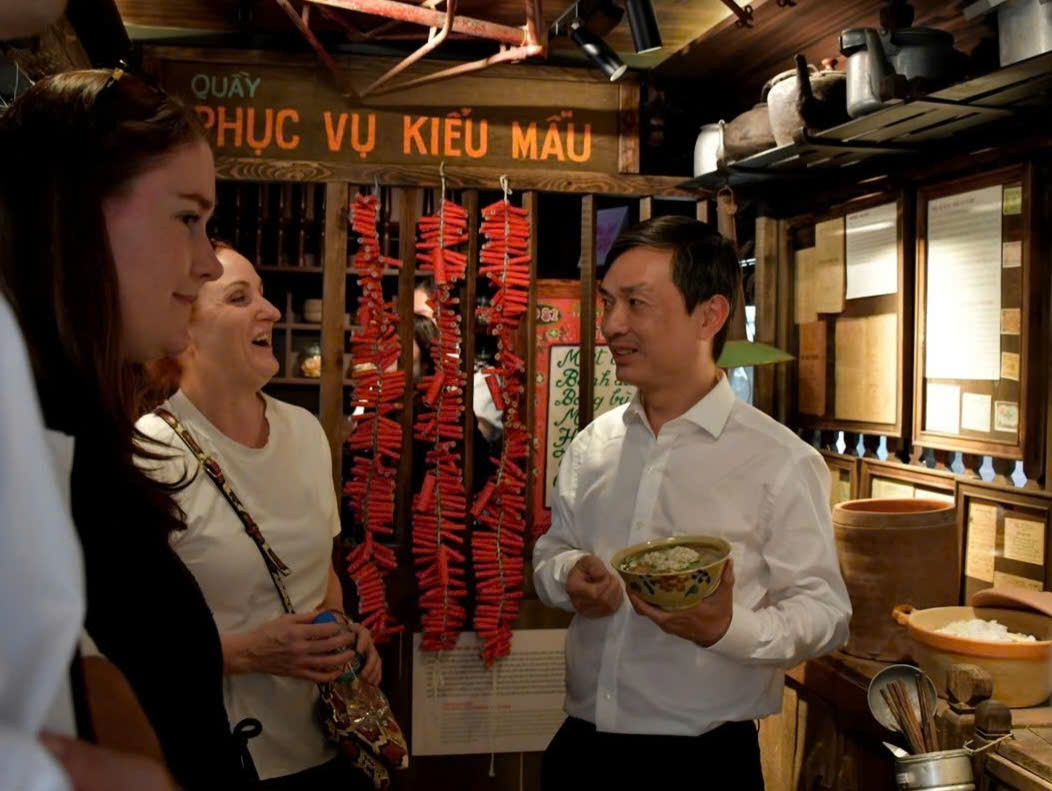
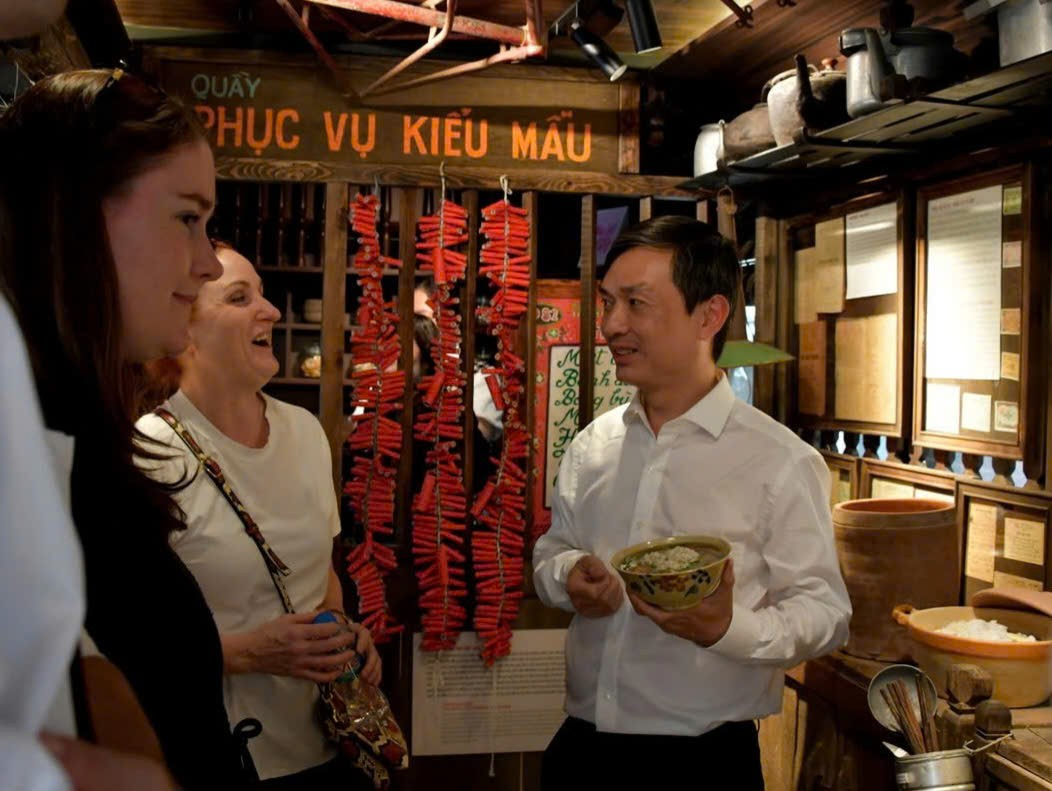
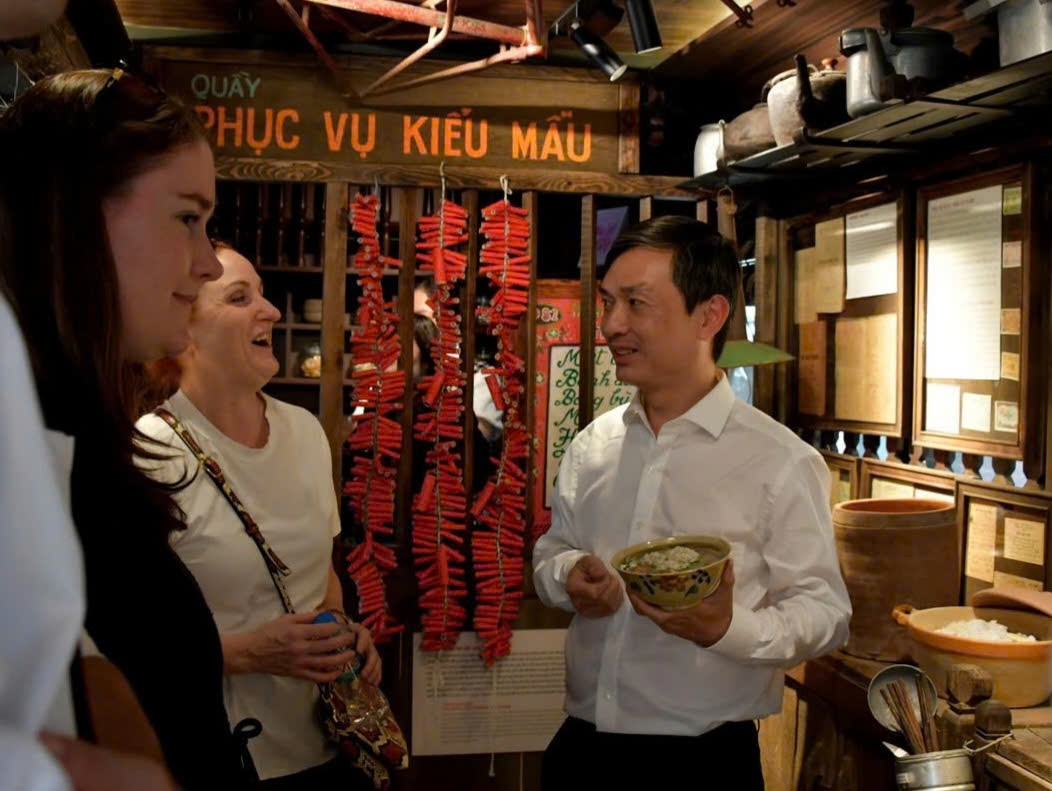
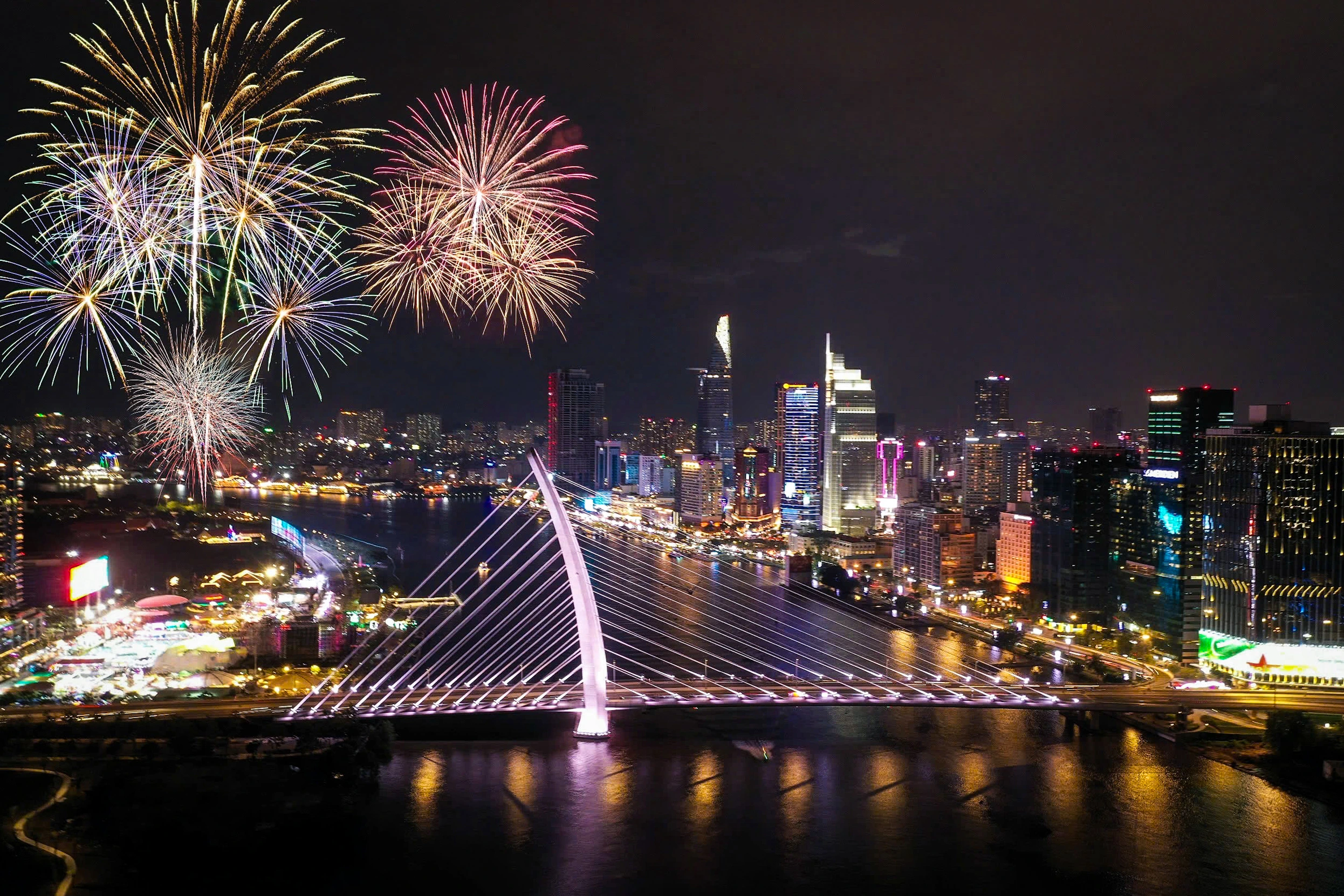
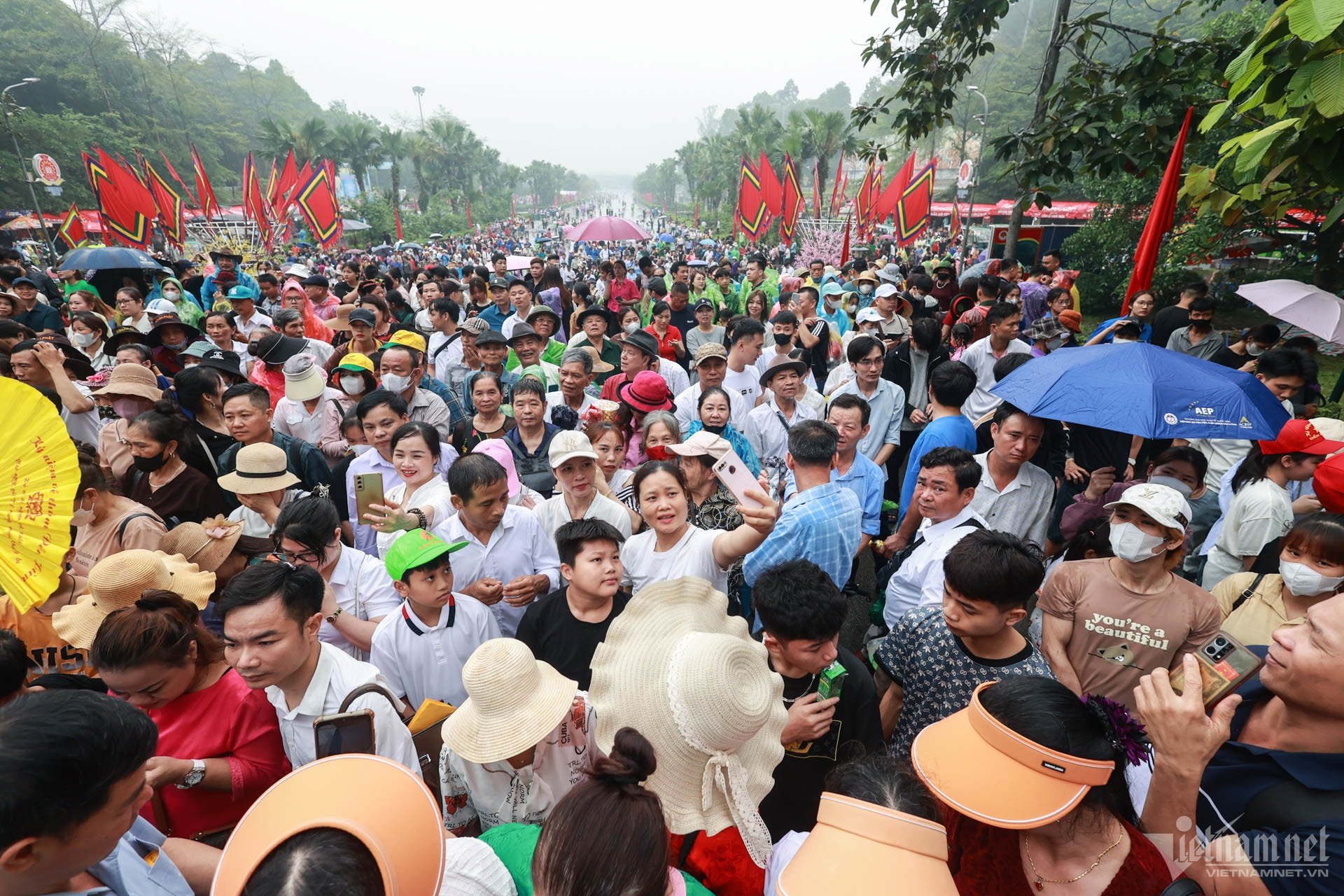








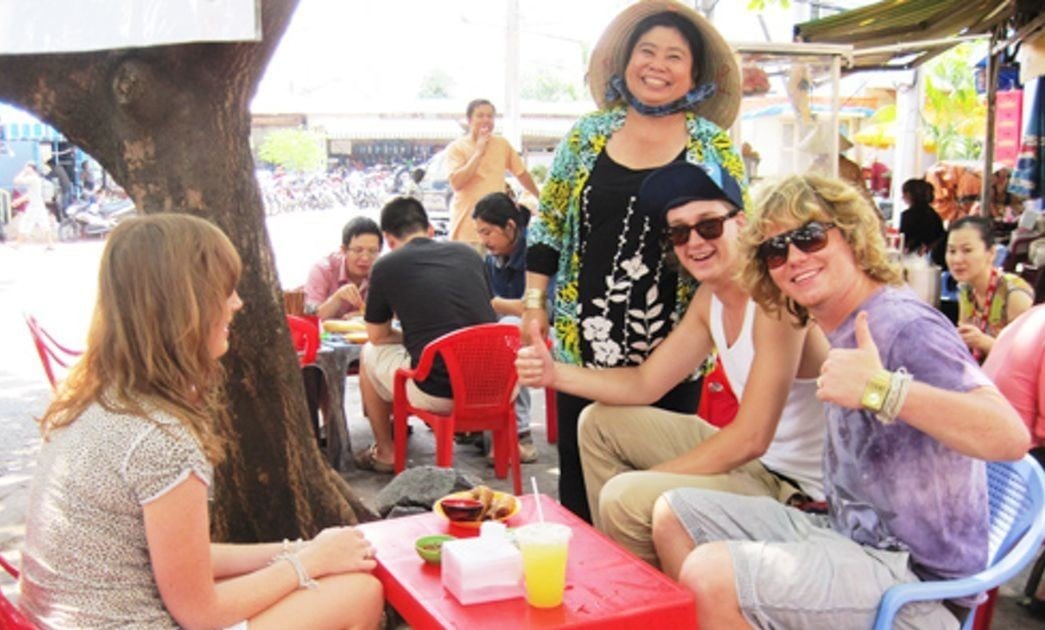
















































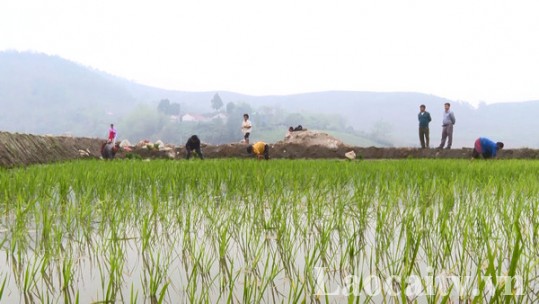



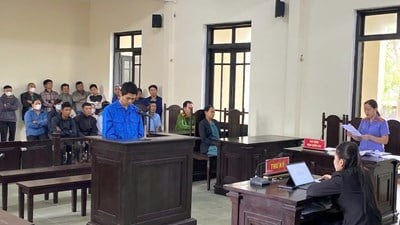
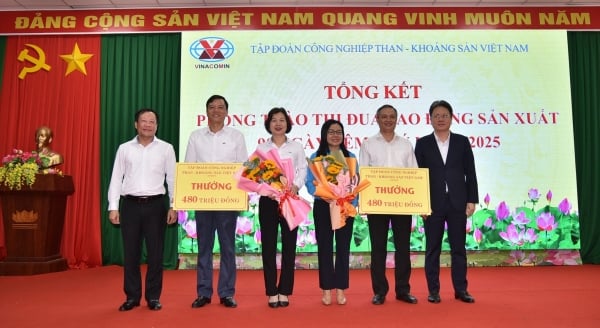










Comment (0)